Types of Validity and Reliability
作者:Casie Williams


1. Content Validity Evidence
1.1. Assessed by systematically comparing a test item with instructional objectives to see if they match
2. Criterion-related Validity Evidence
2.1. Established by correlating test scores with an external standard or criterion to obtain a numerical estimate of validity evidence.
2.1.1. Concurrent Validity evidence
2.1.1.1. Determined by correlating test scores with a criterion measure collected at the same time.
2.1.2. Predictive Validity evidence
2.1.2.1. Determined by correlating test scores with a criterion measure collected after a period of time.
3. Construct Validity Evidence
3.1. Determined by finding whether test results correspond with scores on other variables as predicted by some rationale or theory.
4. Test-Retest Estimates of Reliability
4.1. Obtained by administering the same test twice to the same group of individuals, with a small time interval between testing and correlating the scores.
5. Internal Consistency Estimates of Reliability
5.1. Falls into 2 general categories
5.1.1. Split-Half/Odd-Even
5.1.1.1. Divide a test into halves and correlate the halves with one another - obtained correlations underestimate the reliability of the whole test.
5.1.2. Item-total correlations/Kuder-Richardson (KR)
5.1.2.1. Methods determine the extent to which the entire test represents a single, fairly consistent measure of a concept.
5.2. Internal Consistency Estimates
5.2.1. Tend to yield inflated reliability estimates for speeded tests.
